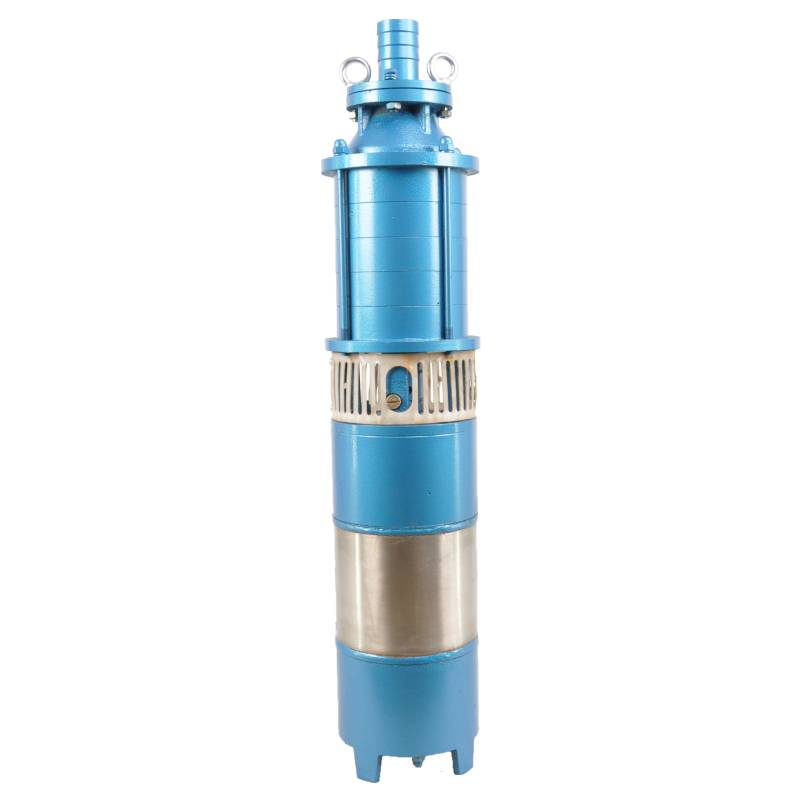Nov . 06, 2024 11:56 Back to list
Guide Rail Systems for Efficient Submersible Pump Installation and Maintenance
Guide Rail System for Submersible Pumps An Overview
Submersible pumps are invaluable in various applications, particularly in dewatering, wastewater management, and industrial processes. To ensure efficient installation and maintenance, many submersible pump systems utilize a guide rail system. This article explores the fundamentals of guide rail systems for submersible pumps, their advantages, components, and installation considerations.
What is a Guide Rail System?
A guide rail system is a mechanical framework that assists in the vertical alignment of submersible pumps during installation and removal. This system typically includes vertical rails mounted on the sump or pit structure, allowing the pump to slide up and down with minimal effort. The guide rails provide a stable and secure path for the pump, which is vital when dealing with heavy equipment and unsafe environmental conditions.
Advantages of Guide Rail Systems
1. Ease of Installation and Maintenance One of the primary advantages of a guide rail system is the ease of installation and maintenance. The pump can be easily lowered into place and secured using the guide rails without the need for heavy lifting equipment or excessive manual labor. Additionally, maintenance becomes considerably less labor-intensive, as the pump can be removed for repairs or inspections quickly.
2. Safety Submersible pumps are often used in environments that may pose risks, such as deep pits filled with water or hazardous materials. The guide rail system minimizes the need for personnel to enter the pit, significantly reducing the risk of accidents.
3. Optimal Pump Performance Proper alignment of the pump is critical for its performance. A guide rail system ensures that the pump is correctly positioned within the fluid, allowing for optimal suction and discharge efficiency.
4. Reduced Wear and Tear Misalignment can lead to increased wear on the pump components. By providing a stable path and preventing misalignment during operation, a guide rail system can extend the lifespan of a submersible pump.
Key Components of Guide Rail Systems
A typical guide rail system consists of several critical components
1. Guide Rails The vertical rods or tracks on which the pump travels. They are usually made from corrosion-resistant materials to withstand harsh environments.
submersible pump guide rail system

2. Pump Bracket or Clamps These components secure the pump to the guide rails. They may also include safety features to prevent the pump from accidental dislodgment.
3. Base Supports These are the structures at the bottom that hold the guide rails in place and provide support during the pump’s operation.
4. Float Switches or Controls Some guide rail systems include integrated controls or float switches that help manage the pump's operation based on water levels, automating the dewatering or management process.
Installation Considerations
When installing a guide rail system for a submersible pump, several considerations must be taken into account
1. Material Selection Choose materials that are resistant to corrosion and degradation, given that the system will likely be exposed to water and potentially aggressive chemicals.
2. System Design The design should allow for the easy and safe servicing of the pump. The guide rails should be straight and vertical, with sufficient space surrounding the pump for tools and maintenance personnel.
3. Compatibility Ensure that the guide rail system is compatible with the specific submersible pump model. Assess the pump’s dimensions and weight to select appropriate guide rail sizes and supports.
4. Installation Environment Examine the environment where the guide rail system will be installed. It should be able to withstand any conditions, such as varying water levels, potential debris, or unexpected loads.
Conclusion
In conclusion, a guide rail system is a beneficial addition to any submersible pump installation. By improving safety, reducing maintenance effort, and enhancing pump performance, guide rails enable operators to optimize their pumping operations. With careful consideration made during the selection and installation processes, a guide rail system can significantly enhance the efficiency and longevity of submersible pumps in various applications.
-
Water Pumps: Solutions for Every Need
NewsJul.30,2025
-
Submersible Well Pumps: Reliable Water Solutions
NewsJul.30,2025
-
Stainless Steel Water Pumps: Quality and Durability
NewsJul.30,2025
-
Powerful Water Pumps: Your Solution for Efficient Water Management
NewsJul.30,2025
-
Oil vs Water Filled Submersible Pumps: Which is Better?
NewsJul.30,2025
-
Deep Well Pumps: Power and Reliability
NewsJul.30,2025
-
 Water Pumps: Solutions for Every NeedWhen it comes to handling dirty water, the dirty water pump is a must-have.Detail
Water Pumps: Solutions for Every NeedWhen it comes to handling dirty water, the dirty water pump is a must-have.Detail -
 Submersible Well Pumps: Reliable Water SolutionsWhen it comes to ensuring a reliable water supply, submersible well pumps are a top choice.Detail
Submersible Well Pumps: Reliable Water SolutionsWhen it comes to ensuring a reliable water supply, submersible well pumps are a top choice.Detail -
 Stainless Steel Water Pumps: Quality and DurabilityWhen it comes to choosing a water pump, the stainless steel water pump price is a crucial factor.Detail
Stainless Steel Water Pumps: Quality and DurabilityWhen it comes to choosing a water pump, the stainless steel water pump price is a crucial factor.Detail
